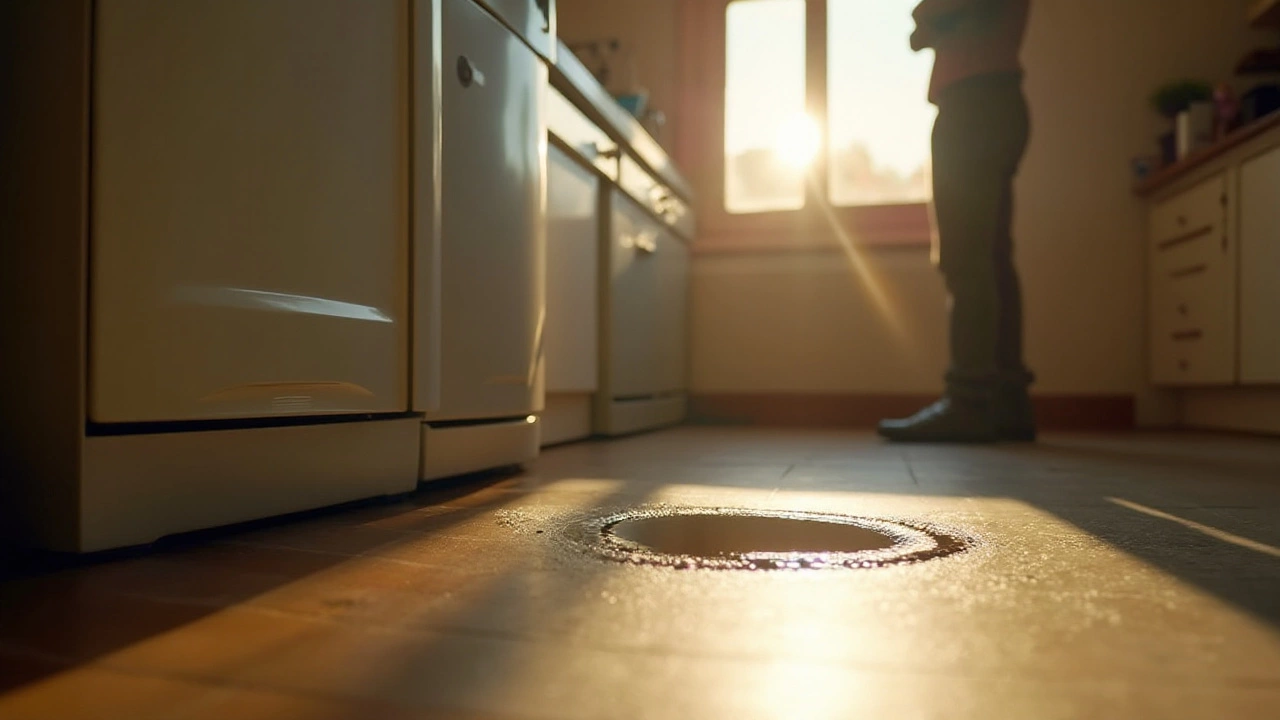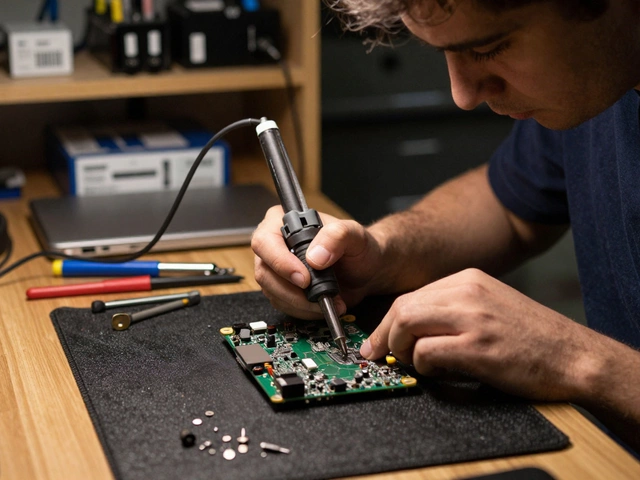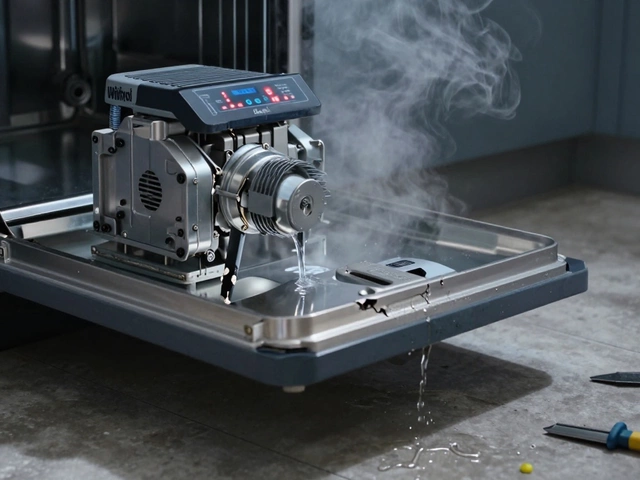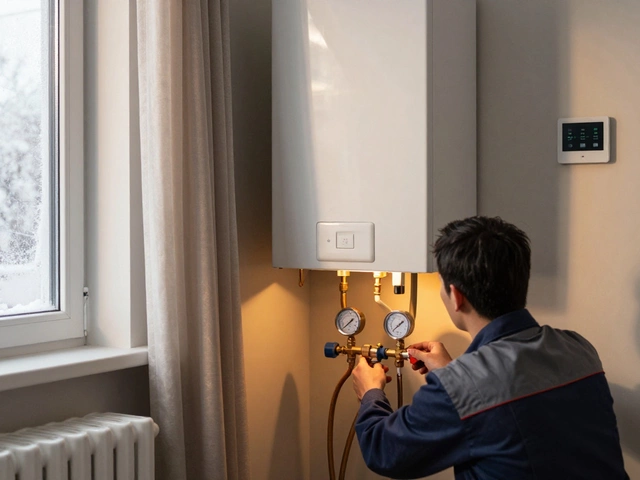Hot Water Tank: What You Need to Know
If your shower suddenly turns cold or the tank makes weird noises, you’re probably dealing with a hot water tank issue. Most homeowners don’t think about their water heater until it stops working, but a little know‑how can save you time and money. Below you’ll find the biggest culprits, quick fixes you can try, and advice on keeping the tank running longer.
Common Issues and Simple Fixes
One of the most frequent problems is a tripped reset button. The reset is there to protect the heating element, and it can pop off for a variety of reasons – from an overload to a hard water buildup. To reset it, turn off the power, wait a minute, then press and hold the button for about 5 seconds before turning the power back on. If it trips again right away, there’s likely a deeper fault and you should call a pro.
Another typical headache is a leaking tank. Look for water around the base, at the pressure relief valve, or at connections. A small drip from the valve can often be fixed by tightening the screw or replacing the valve seal. However, a rust‑colored pool under the unit usually means the inner lining is corroded and replacement is the safest bet.
Strange noises – popping, banging, or hissing – usually point to sediment buildup. Over time, minerals settle at the bottom of the tank, and when the burner heats the water, the steam forces the sediment to move, creating those noises. Flushing the tank once a year clears the buildup and can stop the racket.
Maintenance Tips to Extend Your Tank’s Life
Regular maintenance is the secret to a longer lifespan. Start by checking the temperature setting; 120°F (49°C) is hot enough for most needs and helps reduce scale formation. If you live in an area with hard water, consider installing a water softener – it cuts down on mineral deposits dramatically.
Every 12 months, turn off the power or gas, let the tank cool, attach a garden hose to the drain valve, and empty the tank completely. Let the water run until it’s clear, then close the valve, remove the hose, and refill the tank. This simple flush removes sediment that would otherwise eat away at the heating element.
Inspect the anode rod at least once every two years. The rod is a sacrificial piece of metal that protects the tank from corrosion. If it’s heavily corroded, replace it – the part is inexpensive and a fresh rod can add up to ten years of life to your tank.
Finally, keep the area around the tank clean and well‑ventilated. Dust and debris can clog the vent pipe, especially on gas‑powered models, leading to inefficient heating and potential safety hazards.
When you notice any of these signs – repeated resets, leaks, strange noises, or a sudden drop in hot water – act quickly. Small steps like flushing or tightening a valve may solve the issue, but don’t ignore persistent problems. A professional inspection can catch early wear that’s not obvious to the naked eye, saving you from a costly emergency replacement later.
In short, your hot water tank doesn’t have to be a mystery. By resetting the button correctly, flushing the tank yearly, checking the anode rod, and watching for leaks, you keep showers warm and bills low. Got a stubborn issue? Reach out to a local repair service – they’ve got the tools and experience to get your hot water flowing again, fast.
Identifying Common Water Heater Leak Points and Solutions
- Alden Wilder
- Dec 21 2024
- 0 Comments
Leaking water heaters can be a major headache and potential hazard in your home. This article dives into the most likely places a water heater might spring a leak, helping you identify these weak spots before they lead to bigger problems. With practical tips and insights, you'll learn how to pinpoint issues early and possibly tackle them yourself. Whether it's the drain valve, pressure relief valve, or internal tank, knowing what to watch for can save time and money.
View More




